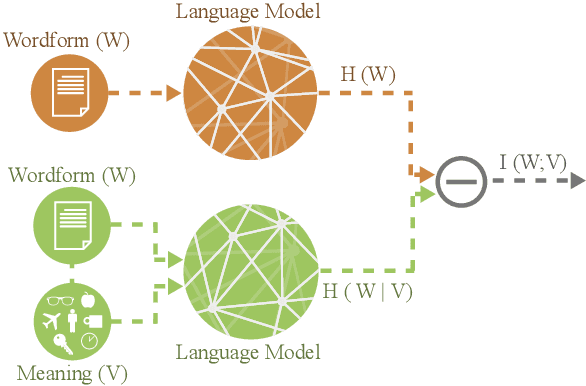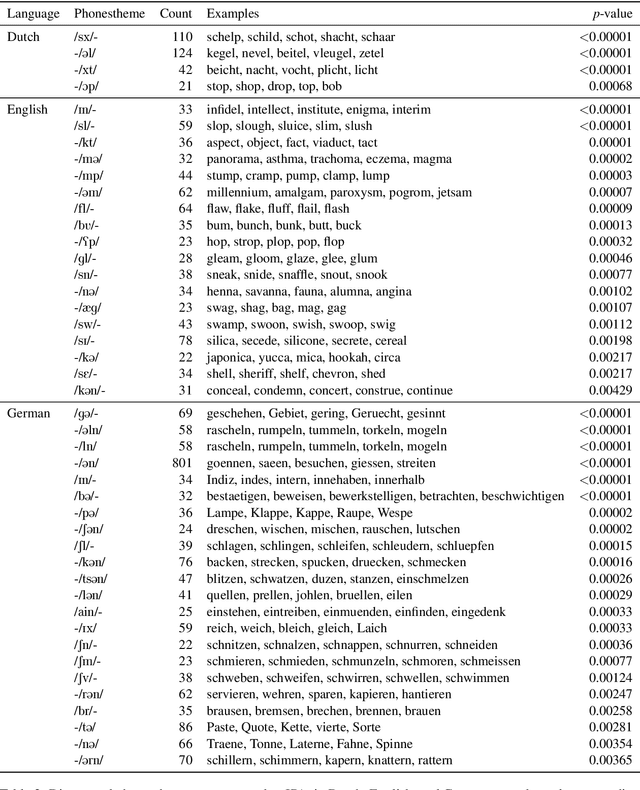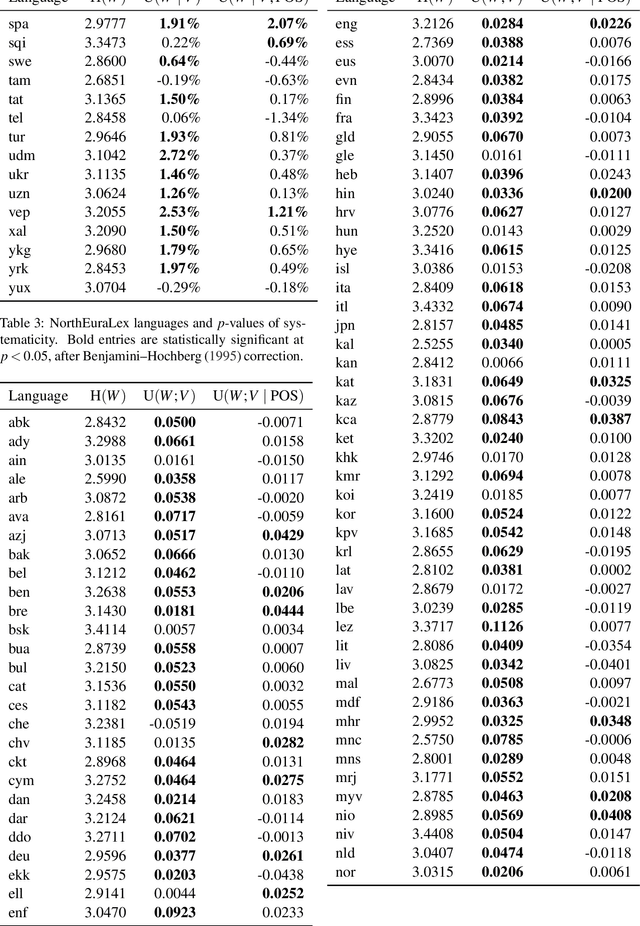Meaning to Form: Measuring Systematicity as Information
Paper and Code
Jul 26, 2019



A longstanding debate in semiotics centers on the relationship between linguistic signs and their corresponding semantics: is there an arbitrary relationship between a word form and its meaning, or does some systematic phenomenon pervade? For instance, does the character bigram \textit{gl} have any systematic relationship to the meaning of words like \textit{glisten}, \textit{gleam} and \textit{glow}? In this work, we offer a holistic quantification of the systematicity of the sign using mutual information and recurrent neural networks. We employ these in a data-driven and massively multilingual approach to the question, examining 106 languages. We find a statistically significant reduction in entropy when modeling a word form conditioned on its semantic representation. Encouragingly, we also recover well-attested English examples of systematic affixes. We conclude with the meta-point: Our approximate effect size (measured in bits) is quite small---despite some amount of systematicity between form and meaning, an arbitrary relationship and its resulting benefits dominate human language.
 Add to Chrome
Add to Chrome Add to Firefox
Add to Firefox Add to Edge
Add to Edge